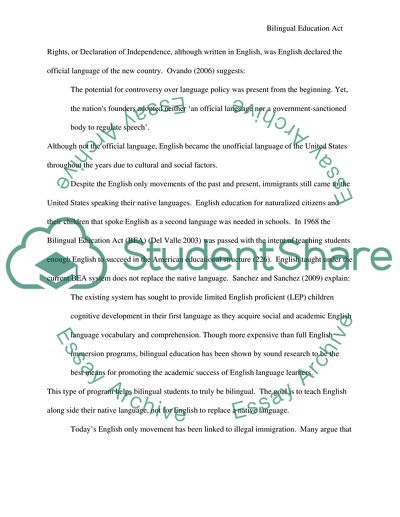Cite this document
(Bilingual Education Act in the USA Article Example | Topics and Well Written Essays - 2500 words, n.d.)
Bilingual Education Act in the USA Article Example | Topics and Well Written Essays - 2500 words. Retrieved from https://studentshare.org/education/1726931-cultural-foundations-of-linguistics
Bilingual Education Act in the USA Article Example | Topics and Well Written Essays - 2500 words. Retrieved from https://studentshare.org/education/1726931-cultural-foundations-of-linguistics
(Bilingual Education Act in the USA Article Example | Topics and Well Written Essays - 2500 Words)
Bilingual Education Act in the USA Article Example | Topics and Well Written Essays - 2500 Words. https://studentshare.org/education/1726931-cultural-foundations-of-linguistics.
Bilingual Education Act in the USA Article Example | Topics and Well Written Essays - 2500 Words. https://studentshare.org/education/1726931-cultural-foundations-of-linguistics.
“Bilingual Education Act in the USA Article Example | Topics and Well Written Essays - 2500 Words”, n.d. https://studentshare.org/education/1726931-cultural-foundations-of-linguistics.


